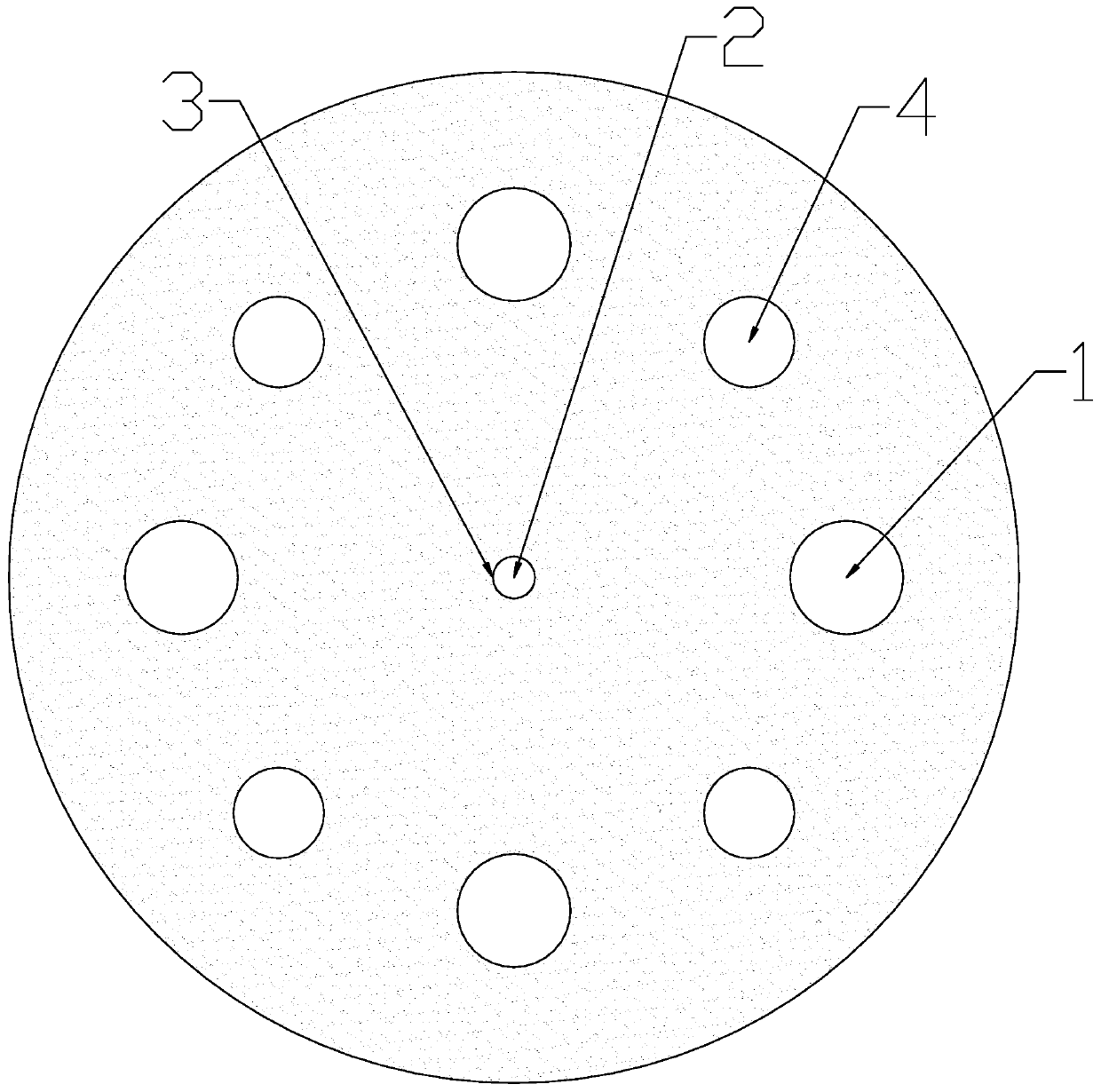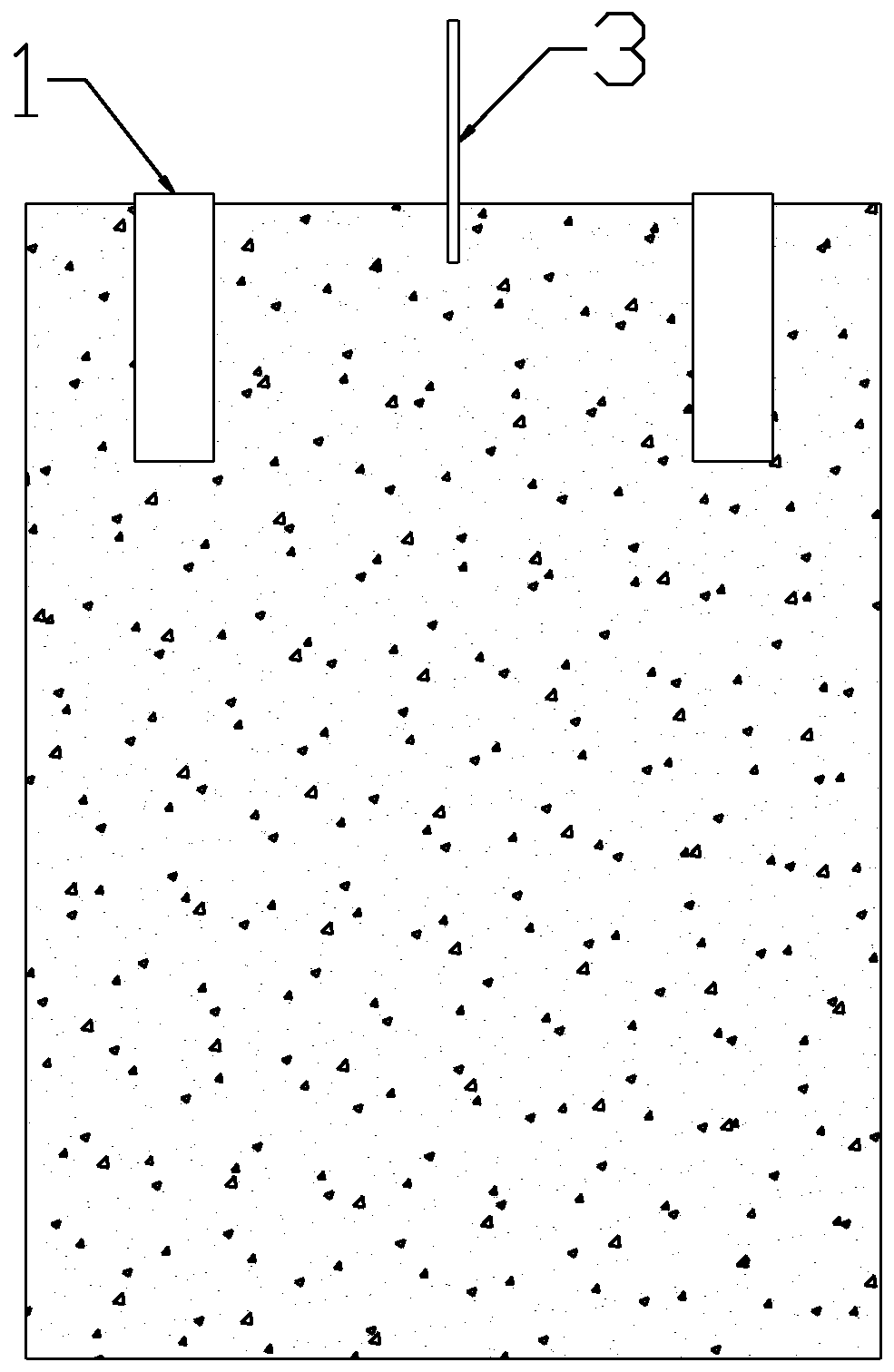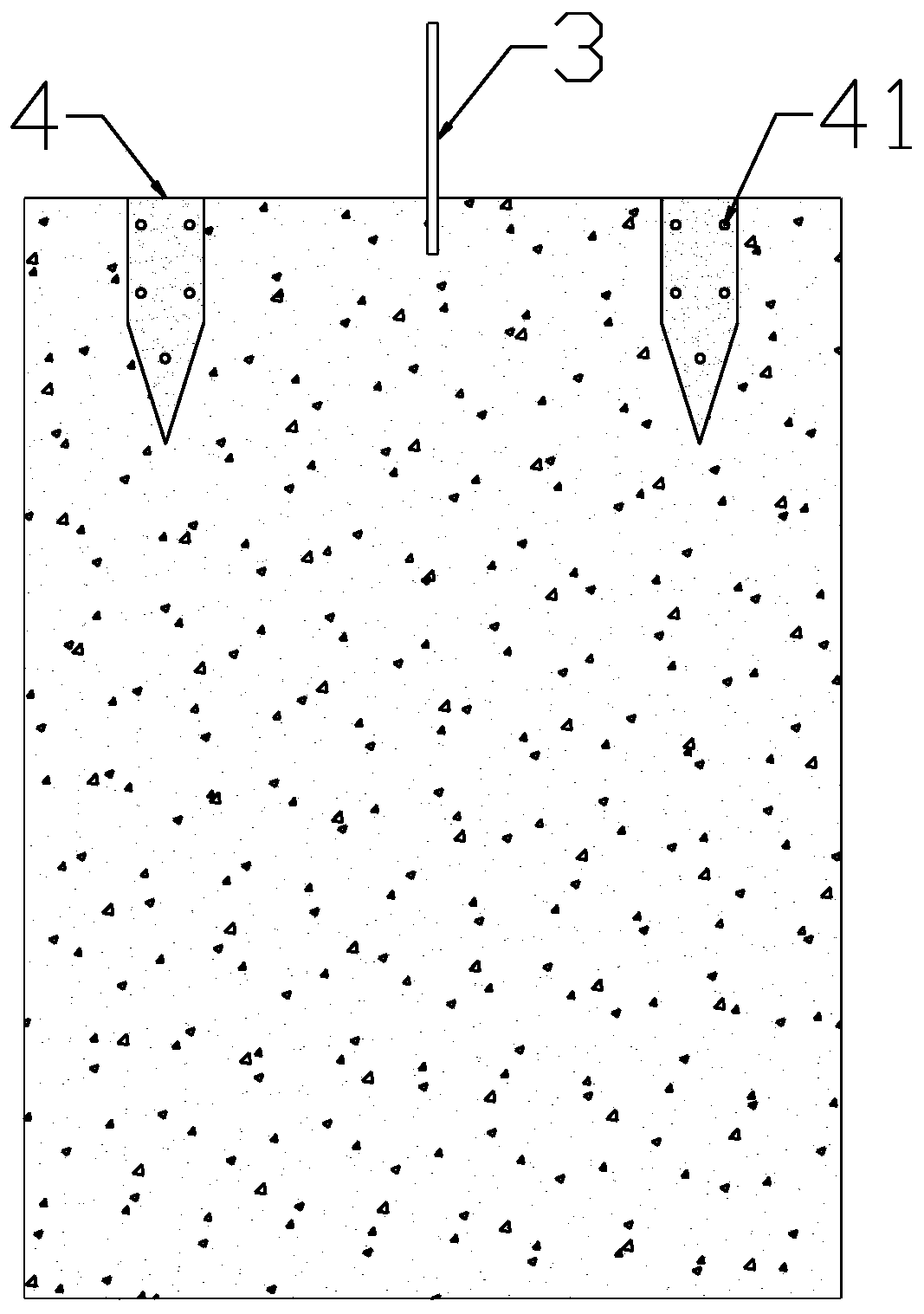Method for cultivating tabebuia chrysantha
The technology of A. chrysanthemum and its cultivation method, which is applied in the field of cultivation of P. chrysalis, can solve the problems of difficult cutting seedling raising and afforestation, difficulty in realizing large-scale seedling raising and afforestation, long cycle time, etc., and achieves the improvement of cutting survival rate and rapid cultivation success. forest effect
- Summary
- Abstract
- Description
- Claims
- Application Information
AI Technical Summary
Problems solved by technology
Method used
Image
Examples
Embodiment 1
[0046] (1-1) Select cutting substrate and container
[0047] Cutting seedlings are grown in the seedling greenhouse. The cutting substrate ratio is: 40-80 mesh river sand 50wt%, yellow heart soil 30wt% and peat soil 20wt%. Wash; use the non-woven fabric seedling container filled with matrix as the cutting seedling container, specifications: diameter 10cm, height 15cm;
[0048] (1-2) Collect bud strips and cut cuttings
[0049] The cutting test was carried out in the greenhouse in the spring and summer seasons. When the germination strips of P. japonica in the field grew to 30-60cm, the sprouting strips were cut and brought back to the greenhouse for later use; Cut the cuttings into 15-25 cm long cuttings with sharp branch scissors, each cutting has two nodes; the upper end of the incision is cut flat, 2-3 cm away from the upper node, leaving 50% of the leaf surface of the upper node; each The cuttings contain 2-3 branches and leaves, the lower end of the incision is 2-3cm be...
Embodiment 2
[0059] The difference between this embodiment and embodiment 1 is: as figure 2 As shown, in step (1-1), four gas-permeable monitoring tubes 1 are pre-embedded in the cutting matrix, and the gas-permeable monitoring tubes 1 are selected from 2mL round-bottomed plastic centrifuge tubes (specifications: the inner diameter of the nozzle is 9mm, the outer diameter of the nozzle is 13mm, height 42mm): the round bottom of the round bottom plastic centrifuge tube is cut off (cut height 2mm), and the bottle cap is removed; the four ventilating monitoring tubes 1 are distributed equidistantly around the cutting center 2 and are spaced apart from the cutting center. The distance M1 of 2 is 2-3cm; the vertical distance M2 between the bottom of the air-permeable monitoring tube 1 and the bottom of the cuttings 3 is 2-3cm, and the mouth of the air-permeable monitoring tube 1 is 1-2mm higher than the upper surface of the cutting substrate. The air-permeable monitoring tube 1 can monitor whe...
Embodiment 3
[0061] The difference between this embodiment and embodiment 1 is: as image 3 As shown, in step (1-1), after the cutting, forcefully press four matrix-dense conical tubes 4 into the cutting matrix, and the matrix-dense conical tube 4 is a 0.2mL pointed-bottomed plastic centrifuge tube (specification: tube Mouth inner diameter 5mm, tube mouth outer diameter 7mm, height 22mm) make, remove bottle cap; Burn yellow core soil permeation hole 41 on the side wall of described substrate dense tapered tube 4, the aperture of described yellow core soil permeation hole 41 is 1-2mm, The distance between the upper and lower adjacent yellow core soil permeable holes 41 is 0.3-0.5mm, and the distance between the left and right adjacent yellow core soil permeable holes 41 is also 0.3-0.5mm. The matrix dense conical tube 4 is pre-filled with yellow core soil And inject water until water seeps outward from the permeable hole 41 of the yellow core soil; the four dense conical tubes 4 of the matr...
PUM
| Property | Measurement | Unit |
|---|---|---|
| Diameter | aaaaa | aaaaa |
| Height | aaaaa | aaaaa |
| Outer diameter | aaaaa | aaaaa |
Abstract
Description
Claims
Application Information
 Login to View More
Login to View More - R&D
- Intellectual Property
- Life Sciences
- Materials
- Tech Scout
- Unparalleled Data Quality
- Higher Quality Content
- 60% Fewer Hallucinations
Browse by: Latest US Patents, China's latest patents, Technical Efficacy Thesaurus, Application Domain, Technology Topic, Popular Technical Reports.
© 2025 PatSnap. All rights reserved.Legal|Privacy policy|Modern Slavery Act Transparency Statement|Sitemap|About US| Contact US: help@patsnap.com



